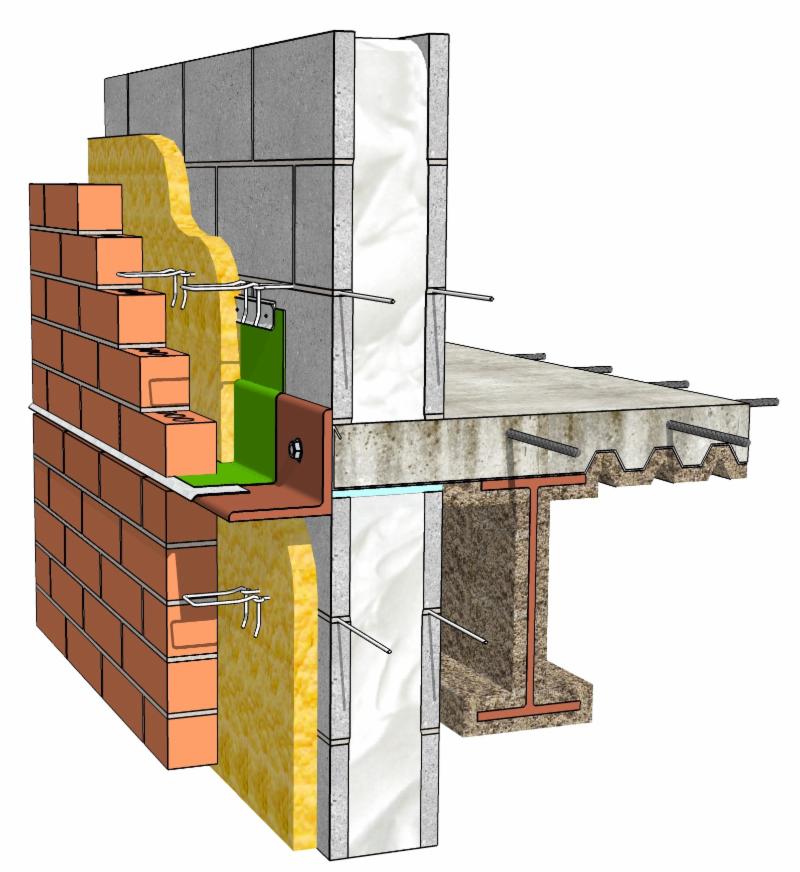
Thermal mass wall systems consisting of concrete masonry units (CMU) can help make buildings feel comfortable all year long.
The Southeast Concrete Masonry Association knows there is some confusion around the issue of using continuous insulation in mass walls versus in lighter-framed walls made of a material such as lumber. While wood-framed walls typically utilize continuous insulation to regulate temperatures, the higher-density nature of CMU means that you do not need to have heavy insulation throughout the structure to comply with the International Energy Conservation Code (IECC).
Most codes allow four different paths to show energy-efficiency compliance: prescriptive, ASHRE 90.1, COMcheck (trade-off or system performance), and whole-building energy analysis. The prescriptive method has a multitude of specific requirements which can be limiting and increase total building costs. The prescriptive method can sometimes be more straight forward to implement, and often confused as the only path to compliance. In the prescriptive method there are requirements for wall systems to have continuous insulation or meet the alternative U value requirements.
The other methods, however, do not require this.
Thermal mass is a building material’s ability to absorb and store heat energy. Higher-density materials such as CMU have high thermal mass, while less dense materials like wood have low thermal mass.
In the heat of summer, you can expect mass walls to provide high energy performance by absorbing the warmth of the day and releasing it steadily during the cooler nights. In the dead of winter, these same properties absorb the sun’s rays and release it at night to help moderate the temperature.
This process differs from continuous insulation, which attempts to stop heat from coming either into or out of the structure. Mass wall systems are most effective in climates where there is a wider range of high and low temperatures.
The key for concrete masonry’s energy efficiency is having a solid balance of mass and thermal resistivity. CMU has the ability to absorb heat energy slowly and then release it while at the same time having the thermal resistivity to minimize the heat energy passing through the wall. When added together this minimizes the extreme temperature fluctuations you can get with lighter framed systems.
Builders can obtain extremely high-performance ratings from mass wall systems involving CMU. CMU gives the ability to adjust the size, shape and density of the material and using these variations in COMCHECK you can maximize thermal performance ratings.